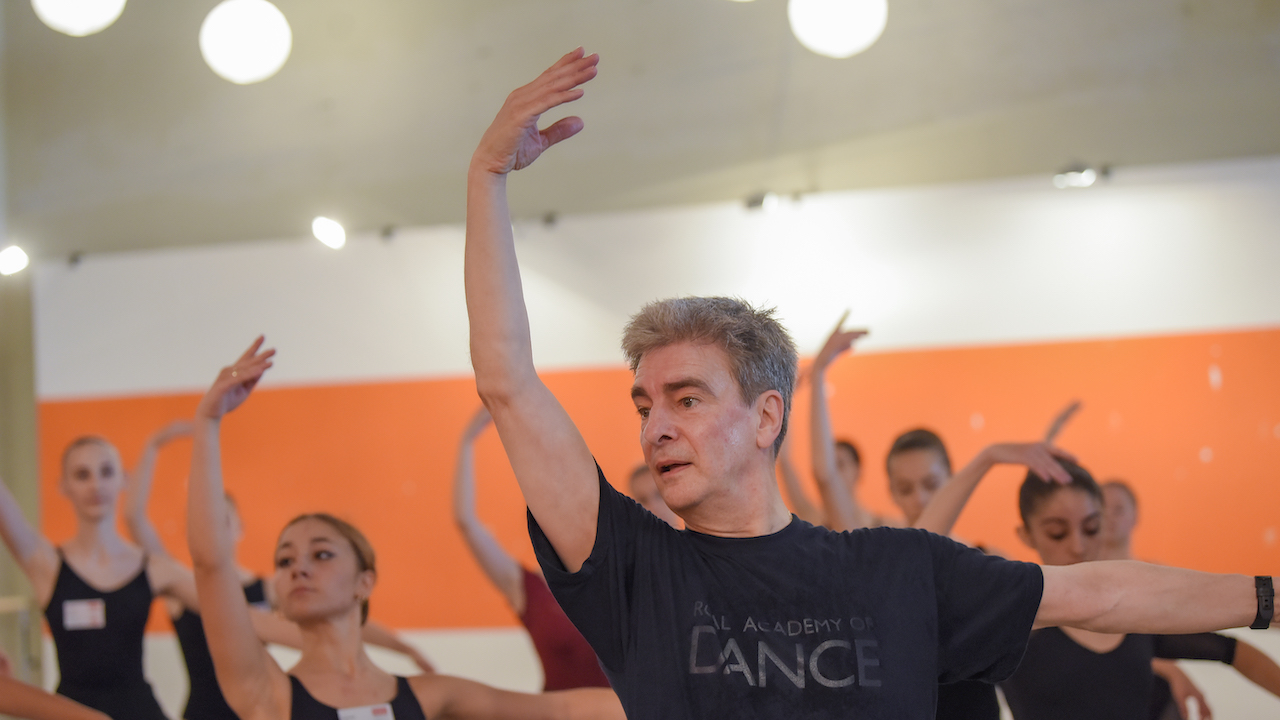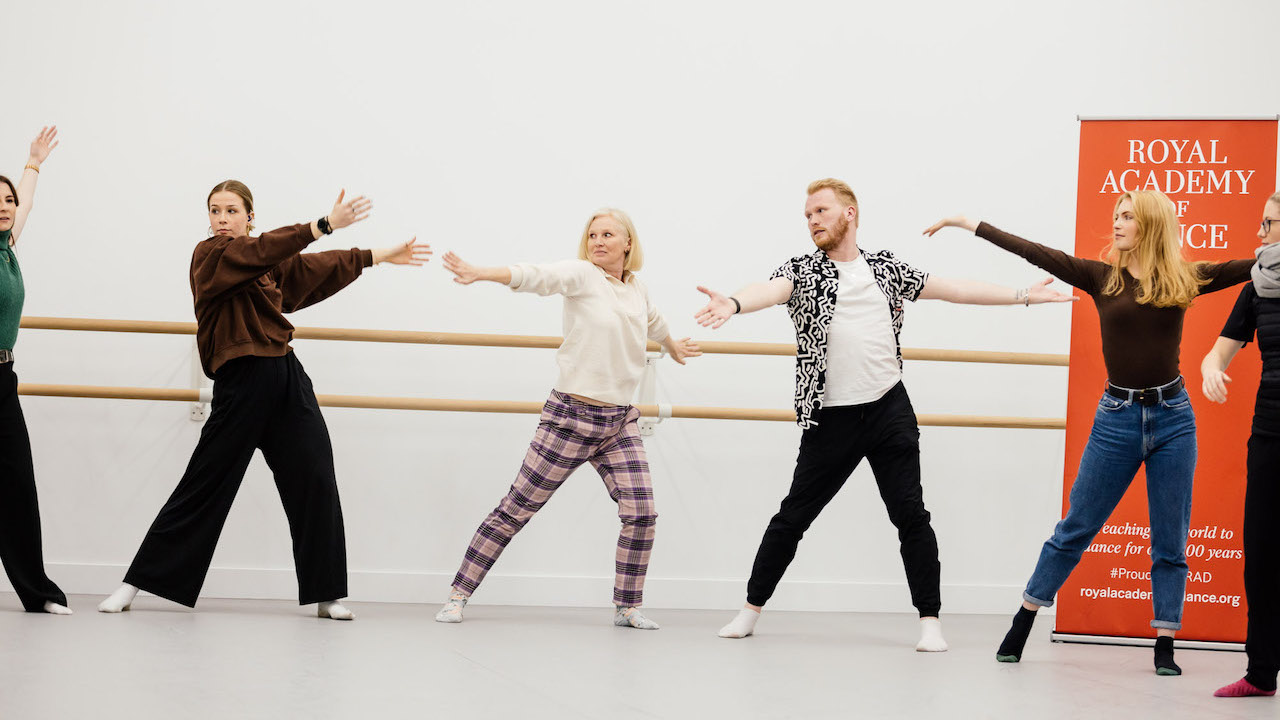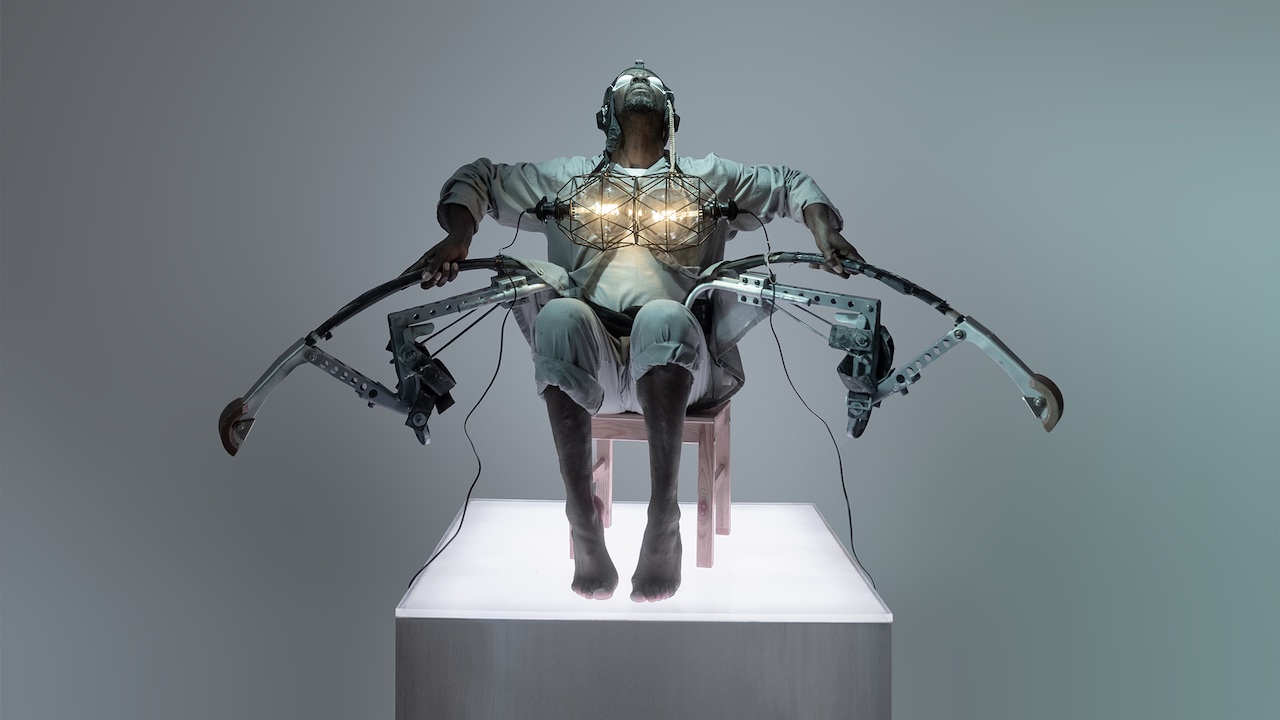Our collective mental health and wellbeing is deteriorating year on year. Study after study seems to conclude the same thing: the Covid-19 pandemic worsened our mental health. And this has been especially the case for young people.
Before the pandemic, one in nine children and young people in the UK (aged from six to 16) were affected by a mental health condition. By October 2020, eight months after the virus was first detected in Britain, this figure became one in six children – which might represent several young dancers in a classroom or studio. And during the lockdowns, each will have spent prolonged periods of time in isolation and experiencing loneliness.
‘There’s far more anxiety present and a lot of pressure on pupils,’ says Tim Arthur, CEO of the RAD. ‘I think it’s a generational trauma that has happened, particularly with younger people through the lockdowns. Society has just tried to move on as if it hasn’t happened, but a lot of our teachers have been telling me that the children that they see as students in their dance classes are bringing mental health problems into the studio with them.’
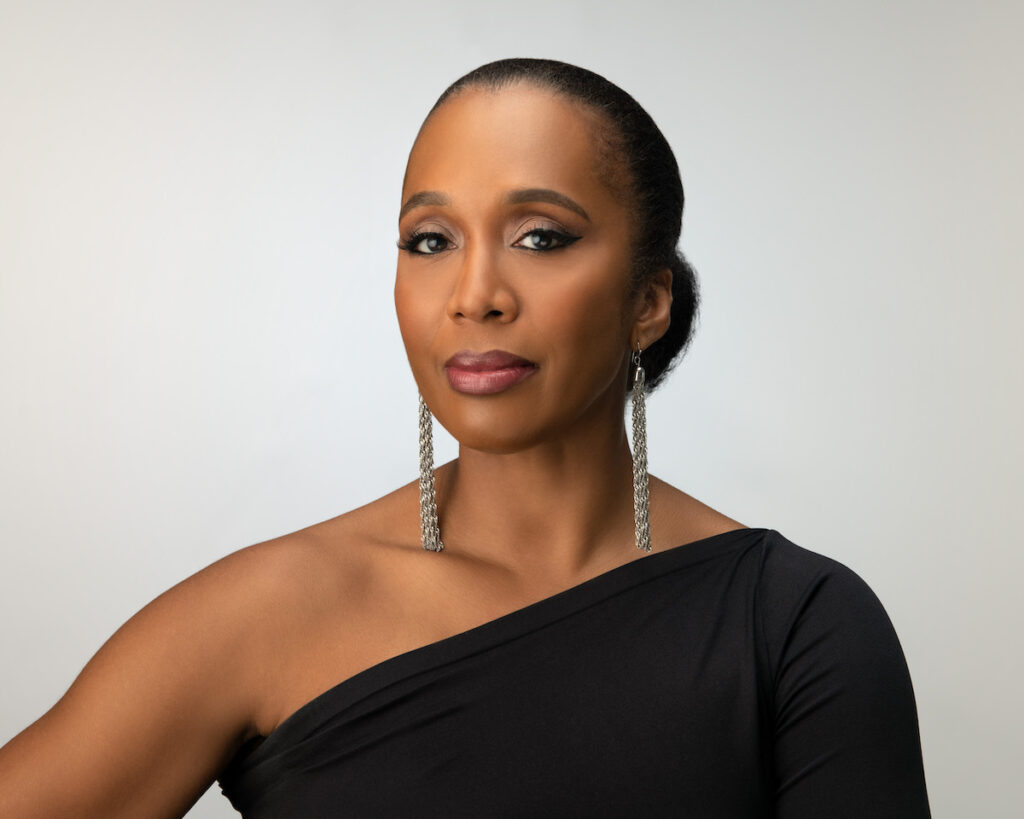
For Francesca Harper, Artistic Director of Ailey II (the second company of Alvin Ailey American Dance Theater in New York), acknowledging and validating the traumatic lived experiences of her students was an important first step. ‘I couldn’t even imagine what they were going through,’ she says. ‘They were at the height of their training. To be given this opportunity and to not be able to train, perform and live this dream that they’ve been aspiring toward to for so long was very traumatic.’ Ailey II were on hiatus for 18 months. Over this time, teaching and learning completely stopped, leaving the students anxious about their future careers.
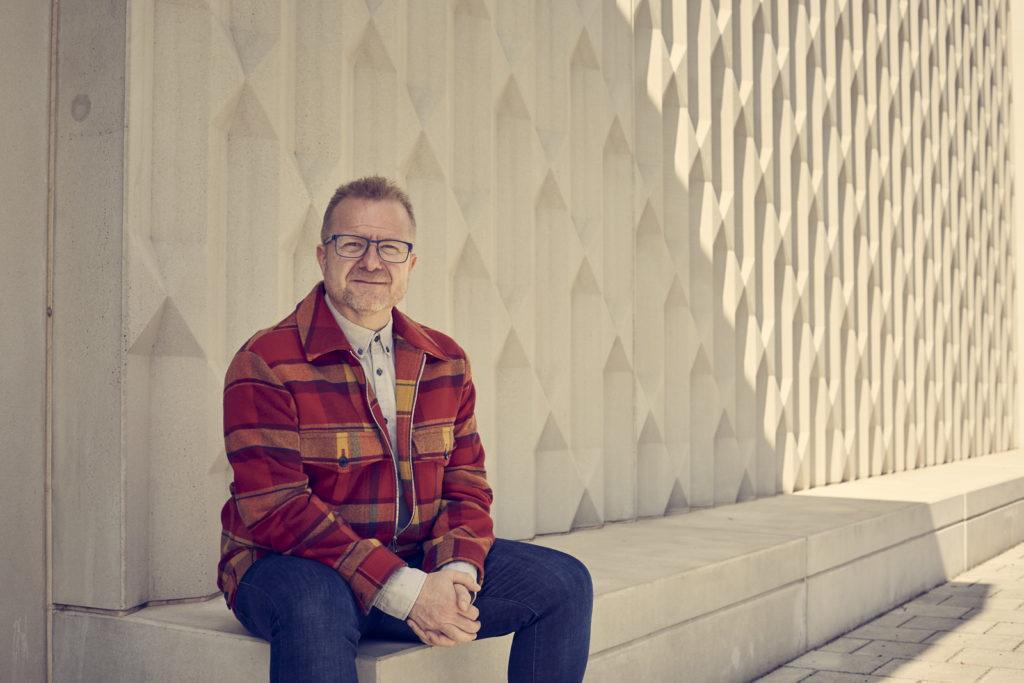
‘RAD teachers tell me that their students bring mental health problems into the studio’
Tim Arthur
News reports described schools and academic institutions reporting higher levels of stress among pupils than in pre-pandemic years. Alarming numbers of students contacted helplines about anxiety, depression and suicidal thoughts. New mental health conditions appeared but young people with previous mental health conditions were also relapsing.
For dancers, prior to the pandemic, injuries were the most common trigger for depression. Yet many injured dancers would readily consult physical therapists and osteopaths but neglect mental health support. Support was widely considered an individual responsibility, delivered outside dance companies and organisations. Add in the pressures of the current cost of living crisis, and the need for mental health and wellbeing literacy and advocacy has never been higher.
‘I think we are at the part of the journey which is a learning phase,’ Arthur says. ‘As with anything connected to mental health, it’s a constantly developing and evolving area, and quite a new area for the RAD to focus on.’
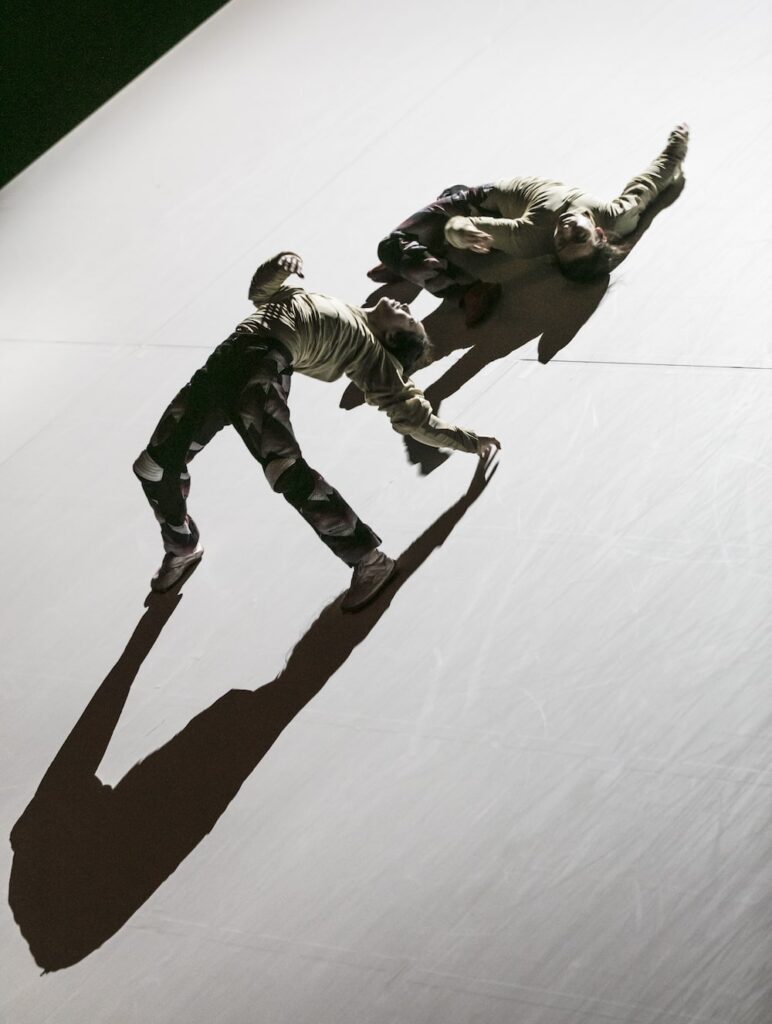
Since taking up his post in 2022, Arthur has prioritised mental health and wellbeing of students and teachers alike, driven by his own training in psychotherapy. Working collaboratively across the RAD to develop new resources, a webinar was held earlier this year in partnership with Young Minds UK charity to support adults in understanding children and young people’s mental health in order to promote safe, supportive and positive outcomes.
‘There’s a marked difference since the pandemic,’ says Joanne Ward. The Principal of the RAD Dance School has noticed a significant rise in anxiety in teachers and pupils alike. ‘It’s across the board,’ she adds. ‘From young pre-schoolers who spent the first couple of years of their lives in covid times so when they get into the studio there’s separation anxiety, right through to advanced level students.’ These changes add to the struggles young people face. ‘I get a lot of issues from eating disorders and self-harming,’ adds ballet teacher Ruth Henry. ‘I have to talk to safeguarding a lot more deeply than ever before.’
The RAD Dance School has robust processes in place. As soon as a concern is raised, teachers fill out forms, followed up by safeguarding officials. ‘In one term, I probably fill out three or four forms, which is quite a lot,’ says Henry. From there, safeguarding teams work with students to understand the issues and provide support.


Contemporary dance teacher Laura Heywood has supported several students through this process. ‘I’m not in the safeguarding team but I do get feedback on what is happening with the student,’ she says. ‘We’re also asked if we want to continue being a support for that student if we can emotionally handle it.’ This process feels intuitive and supportive, she says, but there is an understanding across the RAD that more can be done.
A clear starting point for Heywood is mental health first-aid training for teachers which ‘would be amazing for everyone because there’s only so much that you can individually take on without it starting to cause your own anxieties.’ The RAD teachers have become each other’s support systems, with added support from a safeguarding manager. From this space of care, they’ve been better equipped to care for the changes in their students.
For ballet teacher Raquel Ashton, this has meant reimagining her teaching approach. ‘I decided to train as a Heartmath coach, EFT/TFT (Emotional Freedom Techniques/Thought Field Therapy) therapist and meditation teacher to bring these modalities into the classroom,’ she says, and has already used some of the breathing techniques with students at another workplace. ‘Over several weeks I noticed a change in how they were thinking and feeling. They seemed more present in class, with sharper concentration skills and effective application of corrections. We reconnected with the emotions that inspired them to want to learn to dance and this brought joy and artistry into their work.’
‘Being open, expanding, evolving, and educating ourselves is a way to support and address the issues as they come,’ concludes Heywood. ‘As long as we evolve with the times.’


These questions are equally pressing for professional dancers. At Ailey II, new approaches to the teaching curriculum were needed to create dynamic environments that could adapt to the new realities of students and dancers unable to practise what they loved for over a year. ‘We brought in a wellbeing coach for a yoga and mindfulness series,’ Harper says. ‘We had students bring out their notebooks and journal so that they could also develop their own practices to provide outlets and create safety practices for themselves.’
For all their benefits, these approaches can be short-term or short-lived – and even harm as much as they heal. Mindfulness and psychiatric treatment, for example, can individualise mental illness, telling us the causes of suffering are inside, for us to silently examine in isolation, without pausing to examine how social determinants – such as low income, poor housing, adequate access to healthcare and political laws – negatively impact our wellbeing.
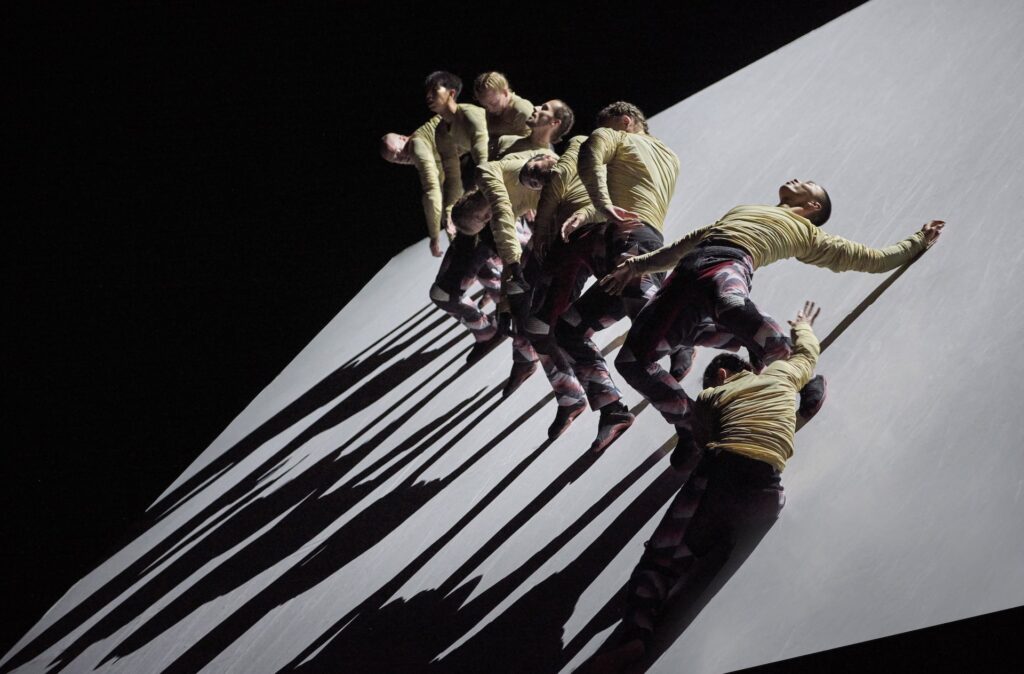
‘We brought in a wellbeing coach and had students develop their own safety practices’
Francesca Harper
Then there’s the role of the teacher. Teachers aren’t counsellors or psychotherapists. They’re overworked, short-staffed, and underpaid with rising costs. Yet, Harper and her colleagues, Arthur and RAD teachers across the globe have all had to take on these vocational roles in order to properly care for their traumatised and increasingly anxious students.
For the RAD, this involves acting on their greater awareness of the impact of mental health in child development, drawing on lessons learnt from the pandemic. ‘We have a responsibility, particularly in the mental health area, to appropriately create safe spaces,’ Arthur says. ‘The relationship between physical health, mental health, movement and trauma is really powerful. Which is why we’re talking to several experts in trauma about how we can develop dance programmes to help people with that.’
Harper too has introduced changes to the way Ailey II operates. ‘I think the mission behind Ailey is really to provide wellness, to prioritise our culture and to be community driven,’ she says. ‘We have met the dancers with higher salaries. We have a “Minding the Gap” programme with therapists that work with our dancers, having conversations with them and giving them open space to discuss their anxiety around the pandemic and the pressures of being a professional artist. So, they [dancers] have a safe space outside of us and the teacher-student hierarchy.’

‘People were crying. It helped to show that they weren’t alone’
Liselott Berg
Over in Sweden, GöteborgsOperans Danskompani have buildt a robust programme focused on preventative measures of care. ‘The Sustainable Dancer’, created by Liselott Berg, the company’s administrative manager, has been operating since 2017 to ensure professional dancers can have long-lasting careers. Its holistic approach encompasses mindset, physicality, recovery and nutrition.
‘It was difficult during the pandemic,’ Berg says. ‘We hold auditions for each work we do here, so pressure and stress are built-in factors. Even before the pandemic, we saw that we needed to make complementary resources [for mental health] and to offer support.’ The dancer Duncan C Schultz had joined GöteborgsOperans at the inception of the programme, and quickly saw its value and positive impact.
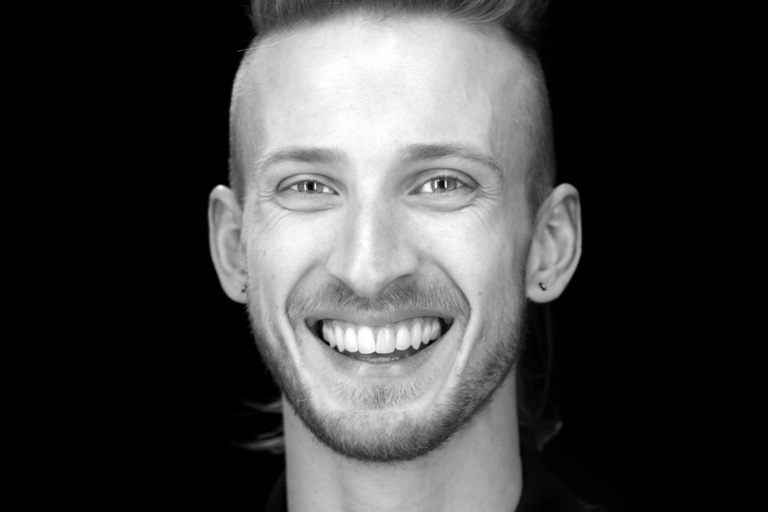
‘When we started, we had a physical trainer,’ he says. ‘I understand the importance of the physical aspect. But on the other side, mental health and emotional health of the body aren’t so often focused on in the dance world. So, throughout this process of building this programme, we have expanded that in the last years to include mental coaching and emotional support.’
The company worked closely with experienced coaches Tomas Enhager and Anna Wilson, who were able to compile unique profiles of dancers’ physical, mental and psychosocial health to offer tools dancers could use to discover things they needed to address or whether they needed someone to talk to. ‘There were people crying and it was very personal,’ Berg says. ‘I think it helped during the pandemic, to show that they weren’t alone.’
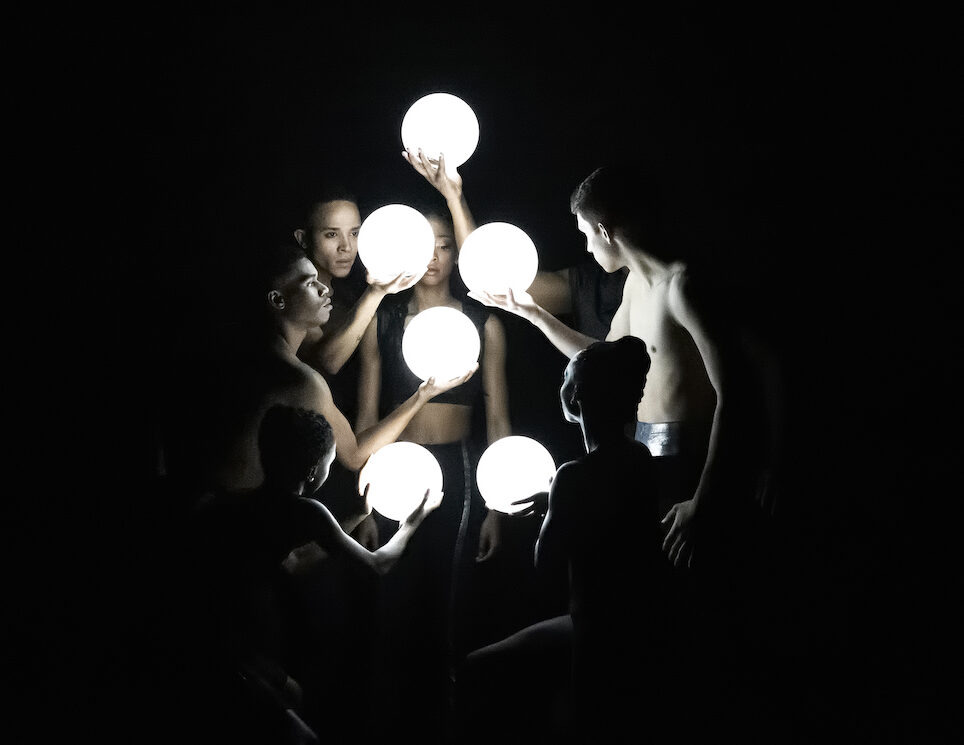
‘I did experience it myself,’ Schultz adds. ‘The question of “what is the importance of the artist when the art form can’t be shared?”’ Now that the company is again rehearsing and touring, the programme stands as an empowering tool to navigate difficult situations. ‘It was definitely a teaching experience of communication for us,’ Schultz adds. ‘To be able to speak the needs of the body, of the mind, to bond stronger as a group and be more supportive with no pressure if we need rest.’
This is fundamental to Harper’s vision of Ailey II, where all the dancers are supported to ‘be advocates for themselves and have that resilience. It’s not only being a dancer, but being humanitarian and vocal advocates.’ Ultimately, it’s about creating programmes, resources, and environments where dancers feel safe and, within that safety, using dance to creatively grow and be nourished.
Watch
Tim Arthur discussing mental health within the dance world with Steven McRae (RAD Ambassador and Royal Ballet Principal)
RESOURCES
Isaac Ouro-Gnao is a Togolese-British multidisciplinary artist and freelance journalist.
Emily Nash is a Bristol-based illustrator and designer. emilynashillustration.com














